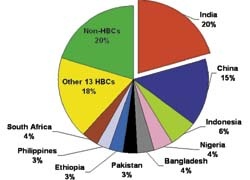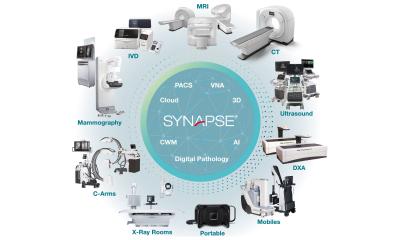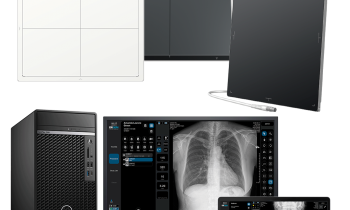India's world experts on TB
By Cynthia E Keen
Every three minutes, two people living in India die of tuberculosis. This equates to approximately 370,000 deaths each year, and a staggering economic toll: an estimated US$300 million in direct costs and US$3 billion in indirect costs.

The Revised National Tuberculosis Control Programme (RNTCP), the world’s biggest TB control programme, has made Indian healthcare officials world experts in the diagnosis, treatment and public health management of this disease. The Programme was launched in October 1993 as a pilot project after the World Health Organisation, the Swedish International Development Agency and the Government of India had determined that existing TB control/treatment initiatives needed overhauling.
The RNTCP pilot achieved such impressive results that it became a permanent national programme starting in 1997. Ten years later, RNTCP has achieved a 70% case detection and a treatment success rate of more than 85%. By 31 December 2007, more than 6.7 million patients had been treated and over 1.2 million lives saved. More than 100,000 patients are currently treated each month.
The strategy utilised, the Directly Observed Treatment Short Course (DOTS), oversees timely diagnosis, treatment with a full course of drugs administered over a duration of six months (18-24 months for multi-drug resistant TB) and aggressive patient monitoring for the entire period of treatment. RNTCP has established bureaus throughout the entire country, involving local, regional and national participation, including some of the patients themselves.
Indian radiologists have become experts in the detection of both common and rare manifestations of TB. This disease was the topic of ESR Meets India at the recent ECR 2008 conference. Introducing the session, Dr H Satishchandra, professor and head of the Department of Bangalore Medical College and Research Institute in Bangalore, showed diagnostic images of TB from X-rays, CT and MRI of TB symptoms that mimicked other medical symptoms. TB in the lungs, for example, can mimic a wide range of conditions from pneumonia to malignancy. In the abdomen, it can mimic mass lesions and other inflammatory bowel diseases.
TB is rare in most European countries, although HIV patients are particularly susceptible to it. The recent emergence of drug-resistant organisms, and the increase in the incidence of diabetes and AIDS, have led to TB being seen with protean manifestations. Ultrasound is used to detect abdominal tuberculosis. Dr S S Doda, of Doda Imaging in New Delhi, explained how his private practice has experimented and improvised in its use. MRI can most efficiently delineate common patterns of involvement in spinal and paravertebral structures, and is very useful in monitoring the effect of treatment. Spectroscopy is being utilised to diagnose intracranial tuberculosis.
Academic hospitals in India continue to undertake some of the most leading-edge research in TB diagnosis and treatment. Dr Satishchandra stressed that European radiologists who may not recognise subtle forms of TB should turn to Indian radiologists as expert consultants for such diagnoses.
Further details and statistics:
www.eurotb.org and www.tbcindia.org
03.06.2008











